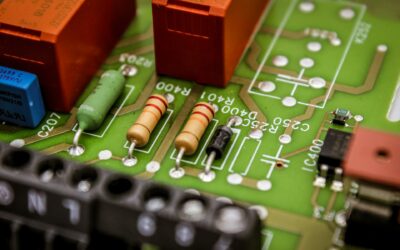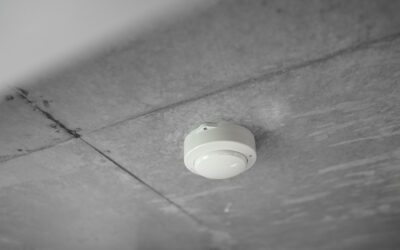Working on electrical wiring at home can seem intimidating, but it doesn’t have to be. Whether you’re adding a new outlet or upgrading an existing one, understanding the basics of residential electrical wiring is crucial. With a little knowledge and the right tools, you can tackle many simple electrical projects safely and confidently.
Before starting any project, it’s essential to have a clear plan and the necessary materials ready. This preparation helps ensure that you complete the task efficiently and avoid common pitfalls. Knowing the right steps to take can make the process much smoother and more enjoyable.
Safety is always the top priority when dealing with electricity. By following best practices and using proper techniques, you can reduce risks and ensure a successful outcome. This guide will help you learn the basics, gather the right tools, and apply safety measures to your electrical projects at home.
Understanding the Basics of Residential Electrical Wiring
Knowing the basics of residential electrical wiring is important for any home project. Wires carry electricity from the main power source to outlets, lights, and appliances. The first thing to understand is how the electrical circuit works. A circuit is a closed loop that lets electricity flow from the power source to the device and back again. Most home circuits in the U.S. use 120 volts of electricity, delivered through hot (black or red), neutral (white), and ground (bare or green) wires.
Electric panels distribute electricity to various parts of your home through individual circuits. Each circuit is protected by a breaker, which automatically shuts off in case of an overload or short circuit. Understanding these components and how they work together helps you know how to plan and carry out wiring projects safely.
Essential Tools and Materials You’ll Need
Before starting any wiring project, it’s crucial to gather the necessary tools and materials. Having the right tools can make the job easier and safer. Some basic tools you’ll need include wire cutters, a voltage tester, a wire stripper, needle-nose pliers, and a screwdriver. You may also need a drill for making holes, an electrical tape, and a fish tape for pulling wires through conduits.
Materials are just as important as tools. Make sure you have enough wire of the correct gauge for your project. You’ll need electrical boxes for outlets, switches, and junctions. Don’t forget to get wire nuts and connectors to join wires safely. It’s also important to have faceplates to cover outlets and switches once the wiring is done. Having all these tools and materials ready can help you complete your project efficiently and correctly.
Step-by-Step Instructions for Wiring a New Outlet
Wiring a new outlet might seem challenging, but it can be straightforward if you follow these steps. First, turn off the power to the circuit you will be working on. Use a voltage tester to double-check that the power is off. Once you’re sure it’s safe, mark where you want to place the new outlet and cut a hole in the wall to fit the electrical box.
Next, run the appropriate gauge wire from the electrical panel or an existing outlet to the new location. Feed the wires through the back of the new electrical box and securely mount the box to the wall. Strip the insulation from the ends of the wires using a wire stripper, leaving about half an inch of bare wire exposed. Connect the black (hot) wire to the brass terminal, the white (neutral) wire to the silver terminal, and the bare (ground) wire to the green terminal. Tighten all screws to ensure secure connections.
Finally, gently push the wired outlet into the electrical box and secure it with screws. Attach the outlet cover plate and turn the power back on at the circuit breaker. Use a voltage tester to confirm that the outlet is working correctly.
Safety Tips and Best Practices for Residential Electrical Projects
Safety is key when working on electrical projects. Always turn off the power before starting any work and use a voltage tester to ensure the circuit is truly de-energized. Wear safety glasses and gloves to protect yourself from electrical shocks and flying debris. Make sure your tools have insulated handles to prevent accidental shocks.
Follow the proper codes and regulations for your area to ensure your work meets safety standards. Never overload circuits by connecting too many devices. Use the appropriate wire gauge for the circuit’s amperage to avoid overheating and potential fires. Frequently check your work with a voltage tester to ensure everything is wired correctly.
Label your circuit breaker panel clearly to identify which breaker controls each circuit in your home. This practice can save time and prevent mistakes in the future. Regularly inspect and maintain your electrical systems to catch potential issues early and keep your home safe.
Final Thoughts
Understanding residential electrical wiring, gathering essential tools and materials, and following correct procedures are vital for any home electrical project. Additionally, practicing safety and adhering to best practices ensures that your work is both efficient and secure.
Keeping your electrical systems in good shape is an ongoing process. Regular maintenance and inspections can prevent minor issues from becoming major problems. If you’re ever unsure about any step, it’s always best to consult with a professional.
For more information or assistance with your electrical projects, please contact us at Stalker Electric. We’re here to help you with expert advice and residential electrical services to ensure your home is always safe and efficiently powered.






0 Comments